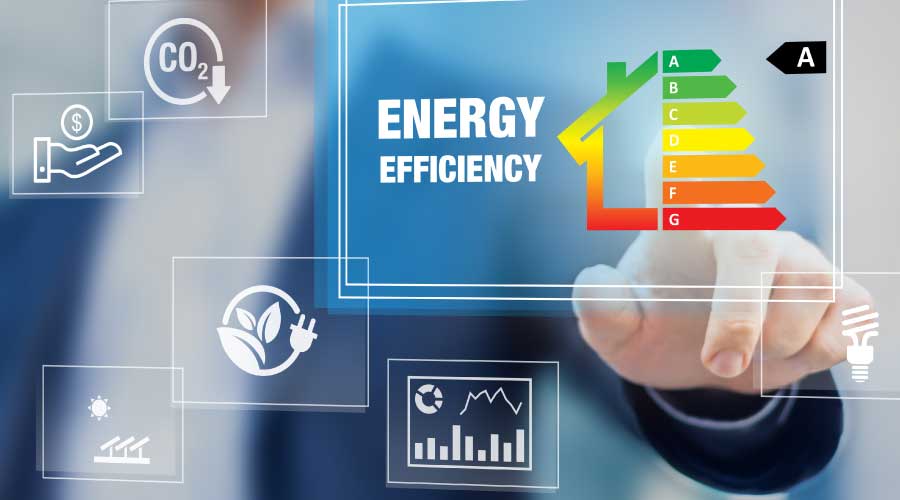
ASHRAE Standard Addresses Zero Net Energy
Standard sets requirements for evaluating whether a building meets a definition of 'zero net energy' or a definition of 'zero net carbon' during building operation. May 15, 2023
By Dan Hounsell, Senior Editor
Net zero. Carbon offsets. Carbon neutrality. Navigating such terms can be confusing. Organizations are developing corporate sustainability initiatives that align with state and local regulations, and maintenance and engineering managers are crucial players in these plans. Managers and their teams need to develop and implement strategies to improve energy efficiency now, but determining where to start can be overwhelming. ASHRAE now is offering more guidance for managers.
ASHRAE has released a new standard to measure zero net carbon and energy goals in buildings. ANSI/ASHRAE Standard 228-2023, Standard Method of Evaluating Zero Net Energy and Zero Net Carbon Building Performance, sets requirements for evaluating whether a building or group of buildings meets a definition of “zero net energy” or a definition of “zero net carbon” during building operation. The standard draws from ASHRAE Standard 105, among others, to address energy and carbon flows across a site boundary, their measurement, and their balance.
Additional features of Standard 228 are:
- allowances for sites that lack the opportunity to produce adequate renewable energy, while placing additional requirements on the use of external carbon and renewable energy in the calculation
- defined calculation of energy in terms of source — a multiplier on the energy crossing the site boundary to include energy used or lost in extraction, generation and transit to the site
- the main energy calculation made in terms of annual average factors. Allowance is made for the calculation of individual hours where data is available.
Standard 228 does not apply to the establishment of building energy performance goals or limits; design guidance or design requirements; embodied energy of building materials and systems; and transportation to and from a building. The standard is also not intended to circumvent any safety, health, or environmental requirements.
Dan Hounsell is senior editor of the facilities market. He has more than 30 years of experience writing about facilities maintenance, engineering and management.
Next
Read next on FacilitiesNet












